In Pictures: Llechwedd Slate Caverns tour revamp
- Published
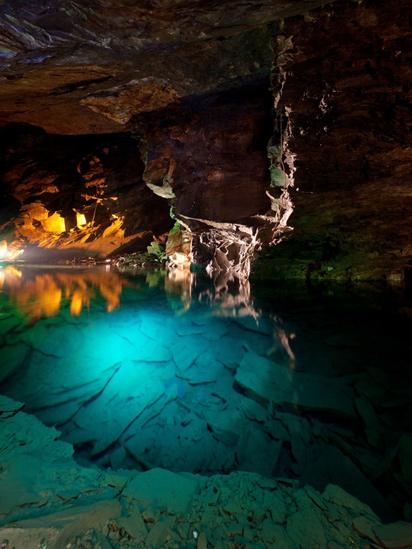
Llechwedd Slate Caverns, a former slate mine in north Wales which is now a museum, is updating one of the underground tours which attracts thousands of people each year, with the help of a European grant. This is an image of the lake at the heart of its Deep Mine.
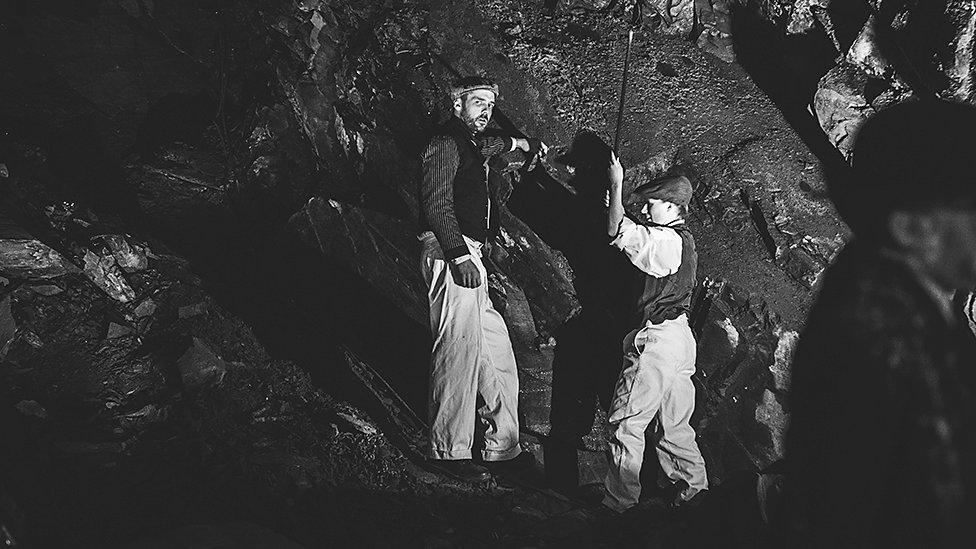
Slate has been mined in the area since Roman times but the industry boomed from the 1840s as the demand grew from industrialising nations across Europe and America. The upgrade includes museum staff recreating scenes in historic photographs in the archives so they can be used on new larger displays.
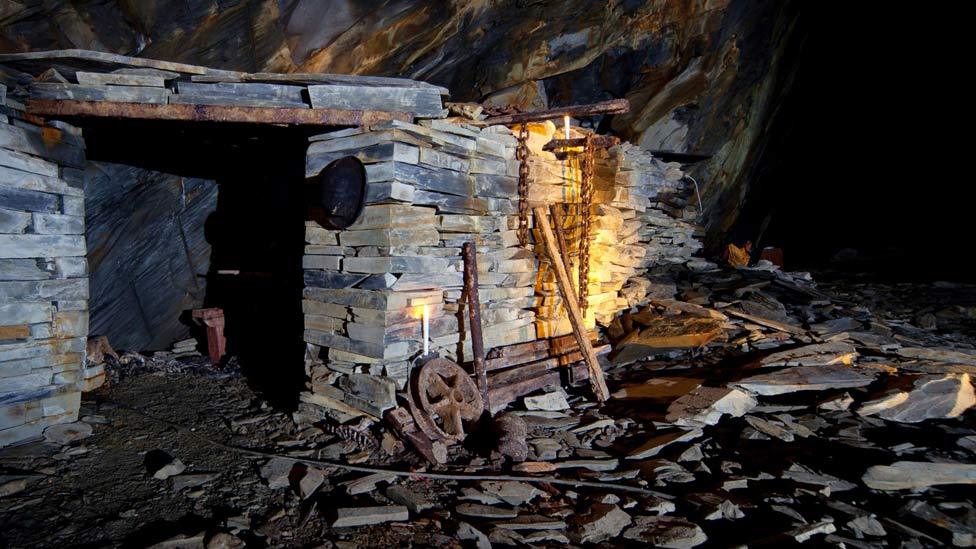
At its peak, the mine employed 800 men. They were mostly from local Welsh-speaking families but the high wages also attracted tin miners from Cornwall, Irish navvies and former coal miners. They created facilities for themselves underground like this "cabin" using leftover slate.
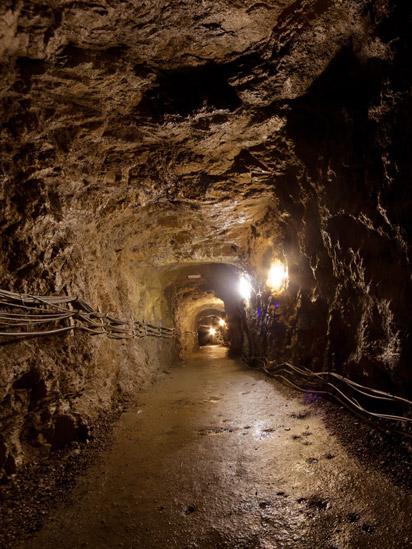
Visitors taking the tour descend nearly 500ft (150m) in one of the steepest mining cable railway in Europe before walking along this, the Deep Mine Tunnel. The tour takes in 10 caverns carved out by generations of slate mine workers.
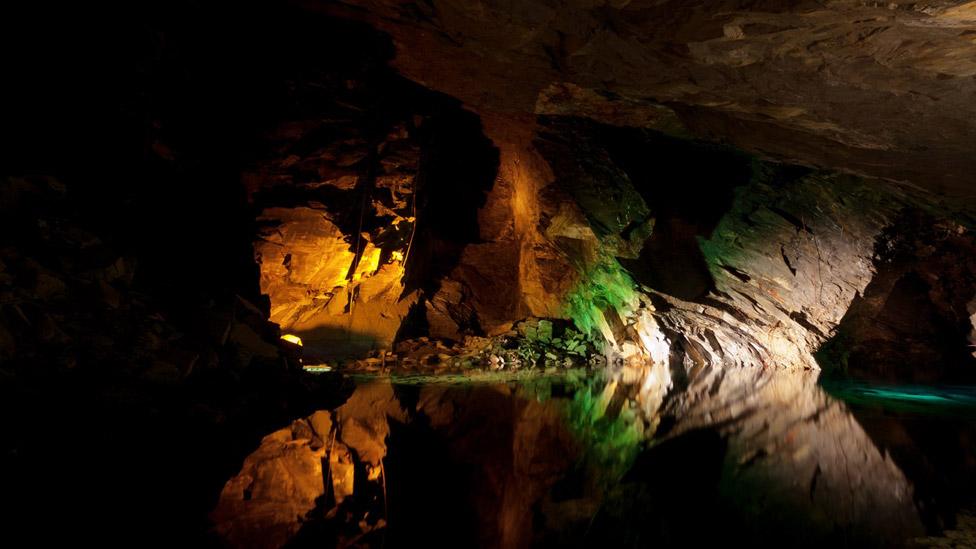
The £53,000 grant money has helped pay for new lighting to illustrate the depth, contours and beauty of this subterranean former workplace. This is another view of Deep Mine Lake.
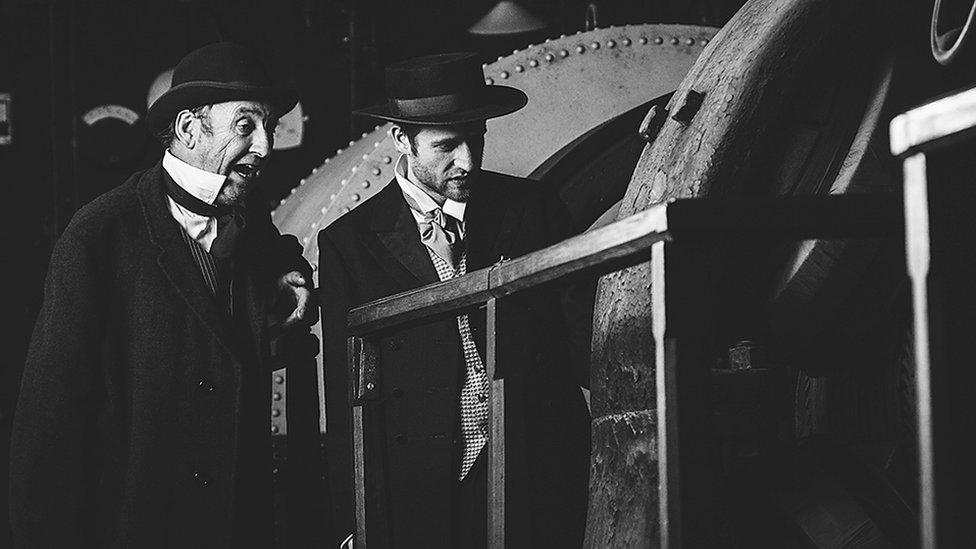
The museum still has 20 working quarry men and women and 30 other staff members. Here two of them posed as Victorian-era mine owners inspecting the turbines which power some of the equipment.
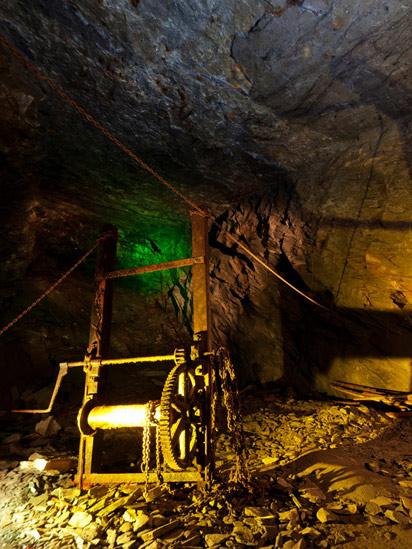
Some old machinery still remains in the now disused caverns, and serve as eerie reminders of what was a thriving industry. The tour includes sound effects of what it was like when the caverns were thronging with men at work. The talks also tell the story of a 12-year-old boy, Sion, who starts work in 1844.
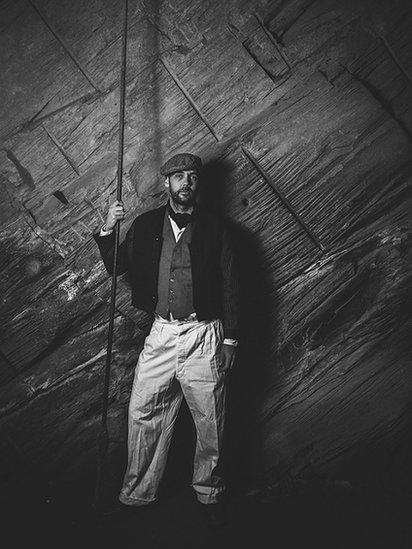
Life for slate quarrymen was hard. Many of them died from silicosis, an occupational lung disease caused by inhaling the dust created by their work.
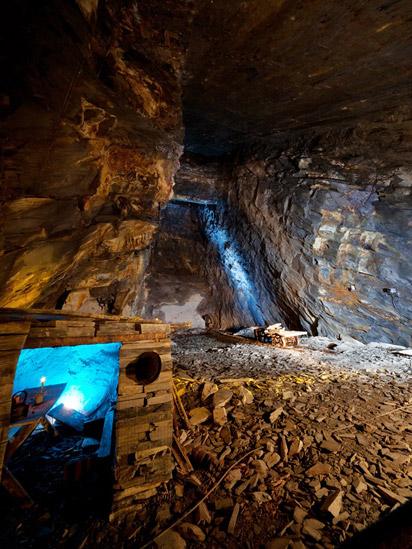
World War One marked the beginning of the end of the slate mine's global sales. By the time the conflict was over, many of its customers had found alternative suppliers. The lights would soon go out at Deep Mine cabin as an everyday workplace. The Deep Mine Tour opened in 1979.